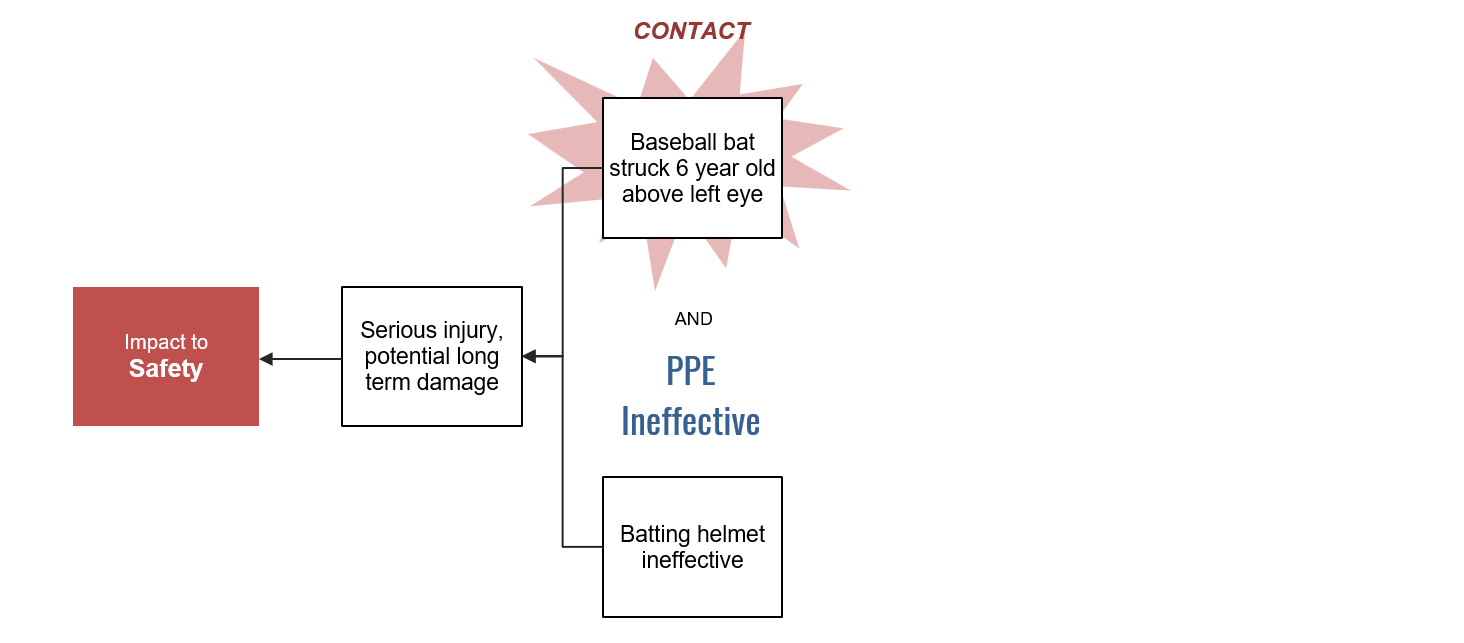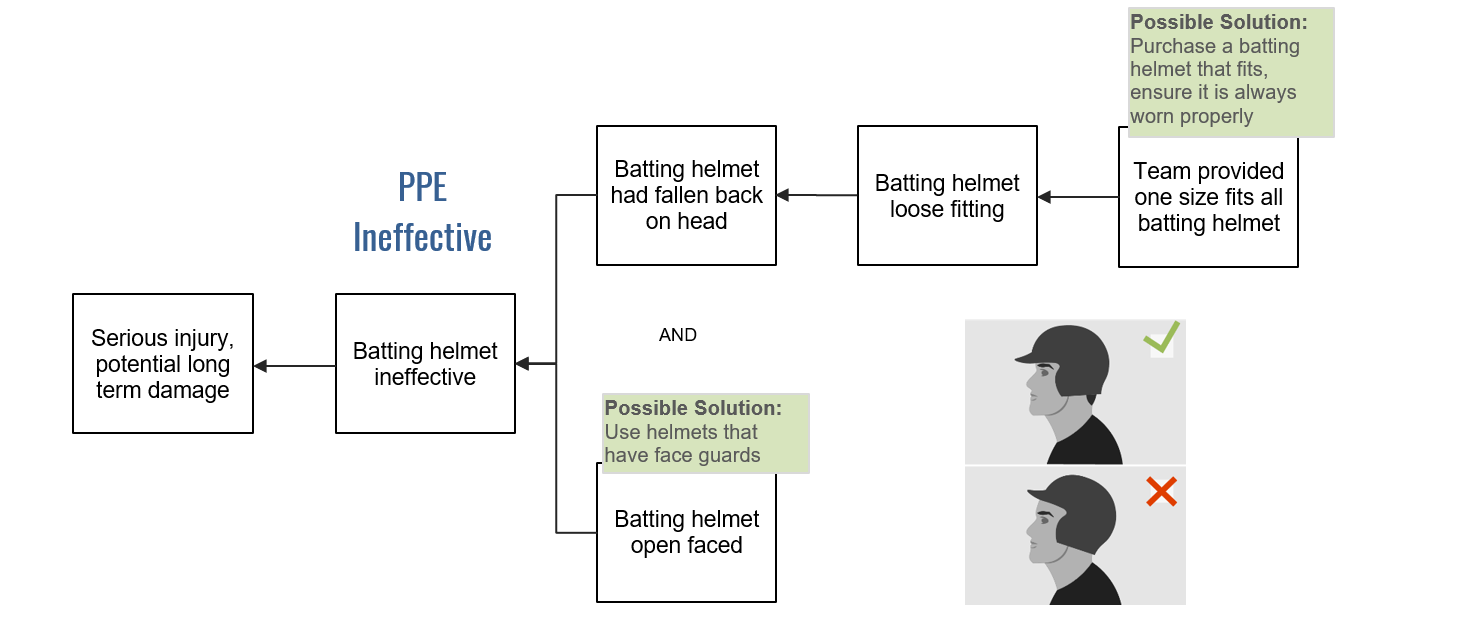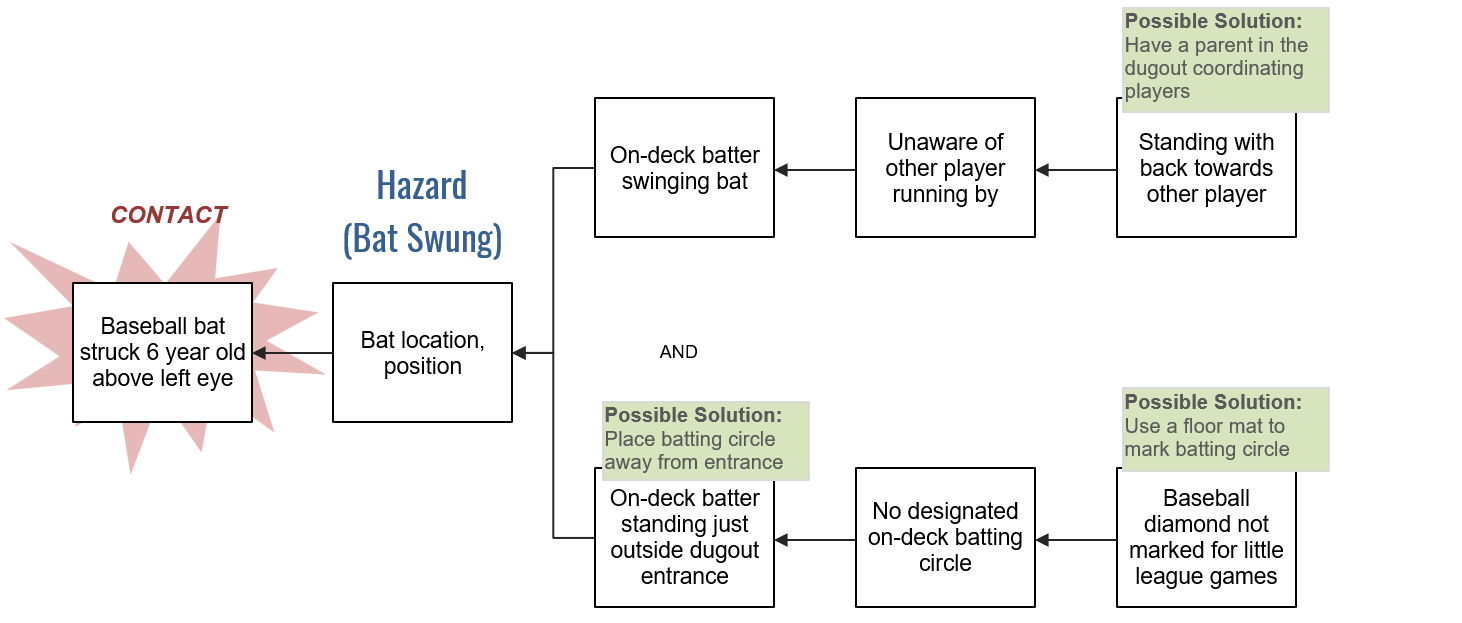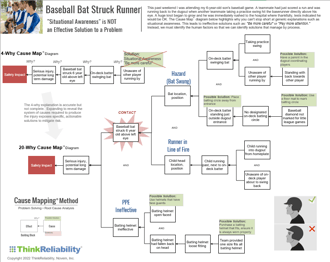A Valuable Lesson Learned On The Baseball Diamond
Baseball is known as America’s pastime.
Not only do Americans love watching the sport, but we love playing it. Many people have fond memories of either playing as kids or watching their children from the stands.
Youth baseball only continues to grow in popularity. Pre-pandemic, the number of children who played baseball or softball in the United States increased by nearly 3 million, according to annual surveys by the Sports Fitness and Industry Association. In 2018, more than 25 million kids played the sport. Little League baseball and softball is the world’s largest organized youth sports program.
My 6-year-old son is no exception to the allure of baseball. Recently though, all of the parents in the stands of my son's Little League game were shaken when an injury occurred on the field.
It was the last inning, and our team was up to bat. One of our players had just scored a run and was running back to the dugout when there was a loud thud. Our stomachs collectively dropped when we realized that the on-deck batter happened to be taking a practice swing just as their teammate ran by.
Despite wearing a helmet, the bat hit the runner on the head, directly above his eye. Time stopped as parents were immediately stunned, but we quickly sprang into action. The boy was rushed to the hospital by his parents for evaluation. This incident rattled every parent at the game, as we are all keenly aware of what could have been.
Don’t Jump to Ineffectual Solutions
In my line of work, I am constantly looking at situations from a problem-solving and prevention standpoint. Naturally, this extends to all aspects of my life. Just as I frequently see in workplace incidents, parents and others who hear the story quickly jump to solutions before breaking the problem down with a thorough analysis.
This is where we hear people advise, “You need to be more careful. Be aware of your surroundings.” However, these types of “solutions” are weak and ineffective when put into practice. To prevent a similar incident, we must take a look at the human factors that played a role, along with solutions that can mitigate risk through process changes.
Breaking the Problem Down
To begin breaking down the situation, a simple 3- to 5-Why Cause Map™ diagram is typically a great starting point. Below is an initial 3-Why explanation for the event.

The Cause Map diagram is read by asking 'Why?' after each effect and “because” for each connector arrow to the right. For example, why was there a serious injury with potential long-term damage? Because a baseball bat struck a 6-year-old player above his left eye. Why? Because the on-deck batter was swinging the bat. Why? He was unaware that a teammate was running by when he gave the bat a practice swing.
This 3-Why Cause Map diagram provides an accurate baseline perspective to start our analysis. However, it’s important to recognize that this is not the complete picture. While accurate, this is only a partial explanation for the causes that were required to produce the incident.
Unfortunately, this often becomes the stopping point for many investigations, which results in coming up with “solutions” such as “be more careful.”
Expanding the Cause Map™ Diagram to Address a Common Fundamental Relationship for Injuries
Injuries are common in sports, from sprains and breaks to more serious and potentially life-threatening injuries. One of the ways to expand from here is to reference a common fundamental cause-and-effect relationship for injuries: contact.
Many sports-related injuries require some type of contact, such as falls, being struck by an object or a collision. The baseball incident required the bat to make contact with another player’s head. It was swung from a certain location and position, and the runner’s head also had to be at the same location, in the right position, at the same time. Here is how this is causally represented on the diagram.

Note the word “AND” between the hazards. With the causal relationship, both causes are required for contact to occur. You only have to control one of the causes to prevent contact, and prevention of either cause could reduce the risk of the incident taking place. This highlights the leverage in terms of solutions, as each causal path provides an opportunity for further breakdown.
What causes contributed to the bat being swung at the specific location and position on the ball diamond, and what causes contributed to the injured child running directly into the line of fire? Revealing causes for each causal path provides specific actionable solutions that can help reduce the risk of this type of accident from happening again.
For instance, the batter was swinging just outside the dugout entrance because there wasn’t a designated on-deck batting circle. Youth baseball diamonds aren’t always marked. These causes could be controlled by either moving the on-deck batter away from the dugout or using a floor mat to mark the batting area. Taking multiple actions is known as layers of protection or a cumulative reduction in risk.
Mitigate the Consequence Despite Contact
Ideally, we would identify solutions to avoid this type of contact. But sometimes contact could still be made, especially when children are involved. Could it still be possible to avoid the injury, even if there’s contact?
In this incident, the batting helmet did little to protect the runner struck by the bat. It’s important to explore why the personal protective equipment was ineffective. Using a Cause Map diagram is an effective way to reveal the causal relationships.

At this age, recreational teams provide helmets for the players to share. As a result, a one size fits all approach means that the helmets often don’t always fit properly. In our case, the baserunner's helmet had fallen back on his head, enabling the bat to make direct contact in an area that should have been well protected. The further you detail your Map, the more solutions you have available.

The more causes you define, the more potential solutions will surface, empowering you to make the best decisions for your child, team, or organization. In our instance, thankfully, doctors were able to confirm no significant long-term damage to the child who was hit. Now is the time to implement one or more solutions to mitigate risk from now on.
If you’re interested in seeing a complete expanded 20-Why Cause Map diagram, download it here, or check out some of our case studies to see how we use Cause Mapping® root cause analysis to help effectively solve problems.














